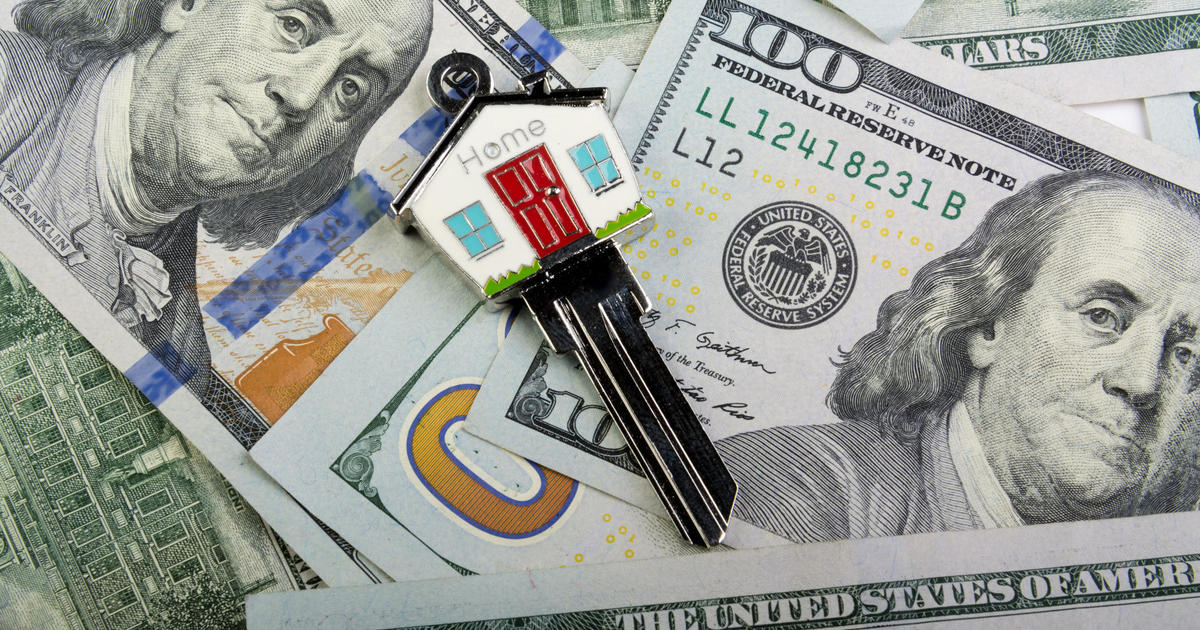This isn't the best way to document road rage
Most motorists want nothing more than to avoid the crazy drivers who pass on the right, cut in front of you on the left, rudely flip a middle finger and even bump or narrowly miss hitting your car to ensure that you know they're important, and you're not.
But it's becoming more difficult to attain this nirvana. As most studies show, these hotheads seem to be on the road just when you are: trying to get home from work, heading back from a weekend away in the midst of a traffic jam or taking a family trip with rambunctious kids in the back seat.
The most recent -- and possibly most novel -- approach to analyzing this problem is a survey by online website insurancequotes.com using Instagram. The survey reviewed almost 66,000 posts with the hashtag #RoadRage for more than three years, from June 2013 to April 2016, by state, month, day and time. Inexact as it may be, it represents the frustration that drivers and passengers consistently feel -- and vent -- while on the road.
Ironically, it also represents unsafe behavior in and of itself. The picture accompanying the survey shows a driver holding up his cell phone to take the photo, presumably of another driver misbehaving on the road. This behavior violates motor vehicle laws, as well as the billboards in almost every state that say, "Get off the cell phone and just drive."
"We don't encourage anyone to Instagram [take photos or videos of dangerous vehicles] while driving," said Laura Adams, an insurance analyst with the website. "In some states it may be legal if you're at a dead stop, but it's not a good idea if you're driving."
It could actually compound the problem. If the drivers who are Instagramming weave across the road, it may make other drivers even angrier and cause more road rage.
In terms of road-rage posts, the worst state -- surprisingly -- is Hawaii, with nearly 6,000 posts per 100,000 drivers. For those who think this is a touristy, laid-back state, the survey found quite the opposite. The island of Oahu is jammed with heavy traffic, and its mountain roads are filled with mainlanders who don't know where they're going, frustrating those who do.
Second is California. The most populous state with the most heavily trafficked freeways has about 3,500 posts per 100,000 drivers. The third- and fourth-ranked states are located on the East Coast. New York and New Jersey bisect the infamous I-95 corridor, often considered one of the nation's most dangerous roads and certainly among the most crowded.
The Instagram survey bears out what the National Highway Traffic Safety Administration (NHTSA) has been saying for years. The summer months of August and July tend to be the most dangerous and second-most, respectively.
While July 4 is the deadliest day for driving, August has the most vacationers on the road -- those who miss their highway exit, slam on the brakes and try to back up. Heat and humidity create a dangerous concoction and provoked an average of more than 7,000 hashtags during the three years of this survey. What was the calmest month? May, with about half as many.
The morning commute isn't the worst time for hashtags. That's reserved for the drive home, when motorists are seemingly at their most aggressive and angry. The posts build up from the morning to 6 p.m., when the daily average is almost 4,500. Friday, when drivers really want to get home, is the worst day for Instagrams, averaging more than 10,000. Sunday is the quietest day, with average posts down to less than 7,500.
Adams of insurancequotes.com said the survey didn't want to pose a problem without noting at least one potential solution. So it pointed to an innovative "road rage hotline" in Arlington, Texas, that encourages reports of aggressive drivers to the city police department. "Calls to the hotline provide contact information, a detailed description of the aggressive driver and vehicle involved (including a license number), a general description of what happened and a location and time of the incident," according to insurancequotes. In other words, a virtual police report.
The police mail a letter to the vehicle's registered owner describing the allegation and providing tips on how to remain calm in traffic, the survey said, which probably makes more sense than #RoadRage.



